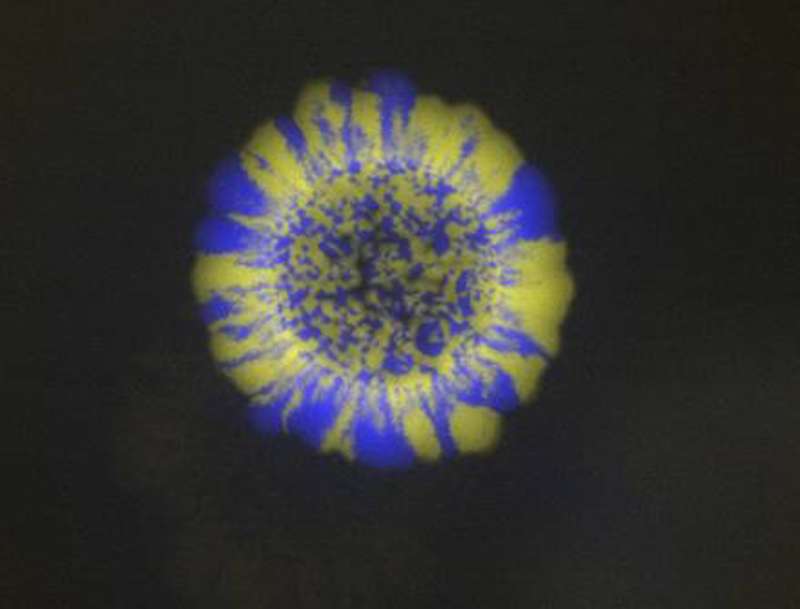New mechanism to fight multi-resistant bacteria revealed

In recent years, scientists, clinicians and pharmaceutical companies have struggled to find new antibiotics or alternative strategies against multi-drug resistant bacteria that represent a serious public health problem. In a breakthrough study now published in PLOS Biology, Isabel Gordo and her team at Instituto Gulbenkian de Ciência (IGC; Portugal) identified a compensatory mechanism in bacteria that might be used in future therapies against multi-drug resistant bacteria.
As spread of multi-drug resistant bacteria increases, it is important to understand how they are maintained in populations. Antibiotics target essential bacterial cellular functions. However, bacteria can evolve and become resistant to these drugs by acquiring mutations in genes involved in those functions. This comes at a cost for bacteria, as most drug-resistant mutations are prejudicial in the absence of the antibiotic. To overcome this, bacteria can acquire additional compensatory mutations. How these compensatory mutations evolve in multi-drug resistant bacteria was previously unknown.
Earlier results from Isabel Gordo's laboratory showed that genetic interactions between resistance mutations are frequent and drive multi-drug resistance. Now, the researchers showed that the pace of the compensatory adaptation in multi-drug resistant Escherichia coli (E. coli) strains is faster than for strains carrying a single resistance mutation. Most importantly, they were able to identify the key proteins involved in the compensatory mechanism of multi-drug resistant bacteria. These results came from the analysis of E. coli strains with single resistance to rifampicin and to streptomycin antibiotics, and strains with resistance to both antibiotics, grown in antibiotic-free media.
"If we use a very simplistic metaphor and compare bacteria with a car, we would say that many mutations that confer resistance to streptomycin affect the motor of the cell that drives the production of proteins (the ribosome), whereas resistances to rifampicin come from mutations in the accelerator of that motor (a protein called RNA polymerase). We have now discovered that the compensatory mechanism of multi-drug resistant E. coli encompasses mutations in the 'clutch,' i.e. in proteins that link the cell's 'motor' with the 'accelerator'," explains Isabel Gordo. The IGC researcher further adds: "If we can block these proteins, we may be able to kill multi-drug resistant bacteria, since we would be eliminating this compensatory mechanism that favours their growth in the population."
The research team predicts that the mechanism might be generally used in several other multi-drug resistance pathways, since antibiotics target the same cellular mechanisms. Hence, these proteins are good candidate targets for the design of therapies against multi-drug resistant bacteria.
More information: Moura de Sousa J, Balbontin R, Durão P, Gordo I (2017) Multidrug-resistant bacteria compensate for the epistasis between resistances. PLoS Biol 15(4): e2001741. doi.org/10.1371/journal.pbio.2001741
Journal information: PLoS Biology
Provided by Instituto Gulbenkian de Ciencia


















